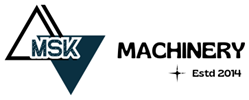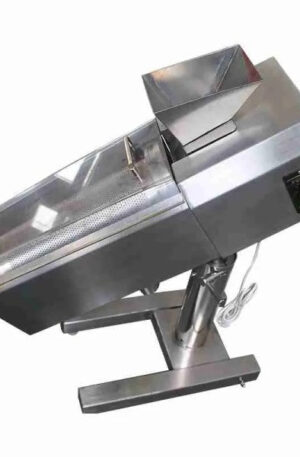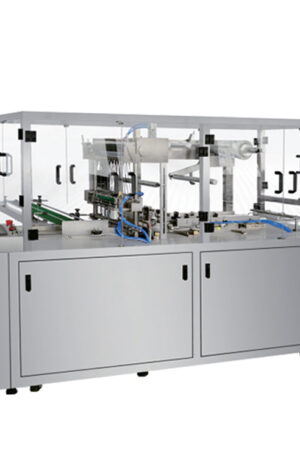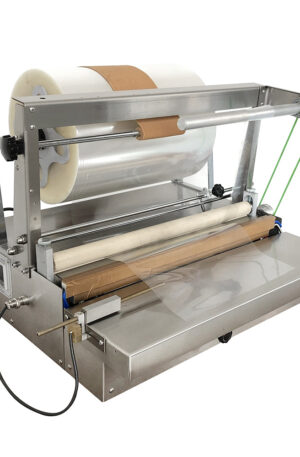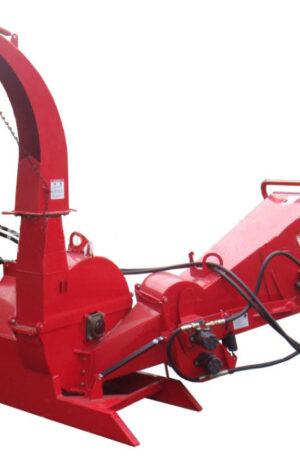Title: The Evolution of Pharmaceutical Machinery: A Comprehensive Overview
Pharmaceutical machinery has witnessed significant advancements over the years, revolutionizing the manufacturing processes in the pharmaceutical industry. Among the key equipment used in pharmaceutical production are table press machines and capsule filling machines. This article aims to explore the evolution of pharmaceutical machinery with a focus on table press machines, capsule filling machines, and the transition from TDP to THDP models.
Table press machines are vital in the production of tablets within the pharmaceutical industry. These machines are designed to compress powdered ingredients into tablets of uniform size and weight. The evolution of table press machines has seen the integration of advanced technology, leading to improved efficiency and productivity in tablet production. Modern table press machines feature automated controls, precise dosing mechanisms, and enhanced safety measures to ensure optimal performance.
Similarly, capsule filling machines play a crucial role in encapsulating pharmaceutical formulations. These machines are designed to accurately fill empty capsule shells with the required dosage of powdered ingredients. The evolution of capsule filling machines has focused on enhancing speed, accuracy, and flexibility in production. Modern capsule filling machines are equipped with advanced filling mechanisms, adjustable dosing systems, and automated cleaning processes to meet the dynamic demands of the pharmaceutical industry.
One notable transition in pharmaceutical machinery is the shift from TDP (Tablet Press Machine) to THDP (High-Speed Tablet Press Machine) models. TDP machines were traditionally used for low to medium volume tablet production, offering standard features for basic tablet pressing operations. In contrast, THDP machines are high-speed, fully automated systems capable of producing a large volume of tablets in a shorter timeframe. The evolution from TDP to THDP machines reflects the industry’s drive towards efficiency, scalability, and precision in tablet production.
In conclusion, the evolution of pharmaceutical machinery, particularly table press machines, capsule filling machines, and the transition from TDP to THDP models, has significantly transformed the landscape of pharmaceutical manufacturing. By embracing advanced technology and innovative design concepts, pharmaceutical companies can enhance their production capabilities, improve product quality, and meet the growing demands of the healthcare market. As the industry continues to evolve, the role of pharmaceutical machinery will remain pivotal in driving efficiency and innovation in pharmaceutical manufacturing processes.
